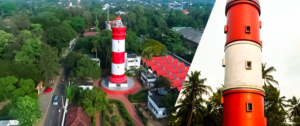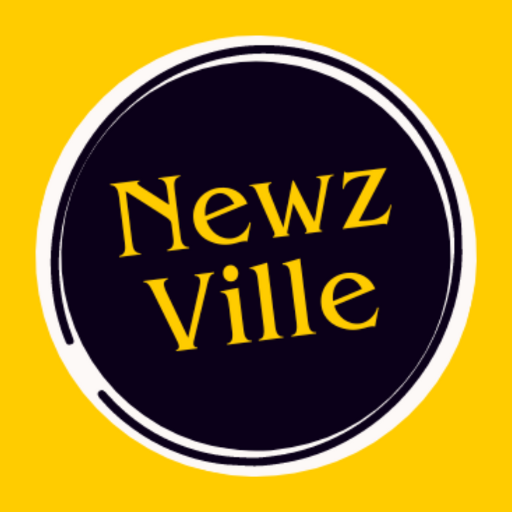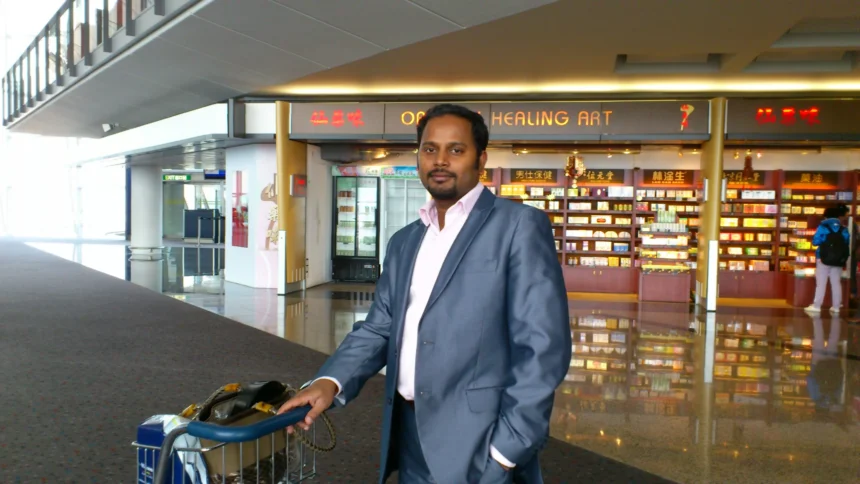In an Exclusive Interview with NewzVille Network(NVN) Captain Priyaranjan talks on the Purpose, Technology, and Tourism Potential of Lighthouses. He has traveled nearly 40 Countries under the Port and Shipping Department over a period of 28 years.
NVN: Captain, Welcome to NewzVille Network. We see lighthouses dotting coastal regions. Could you share why these lighthouses are built and their purpose?
Captain Priyaranjan: Thank you, NewzVille Network, for covering this fascinating topic! Generally, people associate lighthouses with signals, but they serve far more than that. Lighthouses are crucial to maritime-coastal navigation. They warn sailors of potential hazards, help them establish their position, and guide them to their destinations. In essence, lighthouses are instrumental in ensuring safe navigation for ships along coastal areas.

NVN: What about the dimensions? Are all lighthouses built the same way?
Captain Priyaranjan: Not at all; each lighthouse varies in shape, which could be circular, rectangular, square, or otherwise. Each has distinct colors, heights, and light rotation or flashing patterns. These specifics are crucial for mariners, as they’re marked in nautical charts and light publications, helping sailors identify their location while moving along the coast.
NVN: Now, regarding signals—how do these signals communicate with ships? Are they manual or use any radio frequency technology?
Captain Priyaranjan: The light itself is a powerful signal, helping mariners identify each lighthouse by name and location, especially at night. During the day, the structure’s shape and color serve as identifiers. Many important lighthouses are also equipped with RACON, a radar transponder. When a ship’s radar signal contacts RACON, it transmits a unique code back to the ship’s radar screen, providing valuable location information. Mariners are trained to interpret these codes.
NVN: Are there specialized personnel to operate these signals, and do vessel crew members need specific training to interpret them?
Captain Priyaranjan: Yes, lighthouse personnel are qualified to operate the lighthouse systems. Mariners, on the other hand, are equipped to manage the technology onboard, such as the National Automatic Identification System (NAIS) on real time. Ships are required to have transponders that communicate vessel details, and when they interact with lighthouse signals, they can provide vital information back to the lighthouses.
NVN: Having traveled worldwide with the Merchant Navy, have you encountered any uniquely memorable lighthouses?
Captain Priyaranjan: Every lighthouse is unique in its own way—some are on coastal land, others on islands, and many are located in challenging terrains. In the past, mariners relied heavily on lighthouses and tools like the sextant to determine their positions. The advent of electronic systems has revolutionized navigation, but the charm and utility of lighthouses remain the same.
Traveling for so many days at a go in a ship is definitely adventurous, having said that the eagerness is always there to reach the sea shore as soon as possible. Even though we know we are about to reach, but the moment we see the Lighthouse the reaction is spontaneous Ahh we are in….
NVN: You are from Odisha and recently, the Ministry of Ports, Shipping, and Waterways hosted the 2nd Lighthouse Tourism Conclave in Puri. What are your thoughts on the Modi Government’s Lighthouse Tourism Initiative?
Captain Priyaranjan: The Lighthouse Tourism Conclave in Puri, home to the city of Lord Jagannatha, was indeed a remarkable event. Under Prime Minister Modi’s visionary leadership, an investment of 60 crore rupees has helped develop 75 iconic lighthouses, making them heritage and recreational sites.
Each lighthouse now offers modern amenities, like museums, amphitheaters, and children’s parks. Climbing a lighthouse via the spiral staircase, witnessing the mesmerizing flashing technology, gazing over the vast sea from the top, and spotting ships on the horizon is an unforgettable experience. This initiative is not only unique and enjoyable but also boosts local economies and preserves India’s rich maritime heritage.
🎉The 2nd Indian Lighthouse Festival Begins!
As part of the Maritime India Vision 2030, under the visionary leadership of PM Shri @narendramodi, @dgll_india under MoPSW is leading efforts to repurpose these historic structures into hubs of tourism @sarbanandsonwal @Shantanu_bjp pic.twitter.com/qxjvfNkbwa— Ministry of Ports, Shipping and Waterways (@shipmin_india) October 19, 2024
(For further related information and reach out to Captain Priyaranjan please write to us at newzville2024@gmail.com)




Very interesting topic and well coordinated in his talk. Thanks Capt Priya Ranjan
Thankyou Mr Sethi for your appreciation
nice